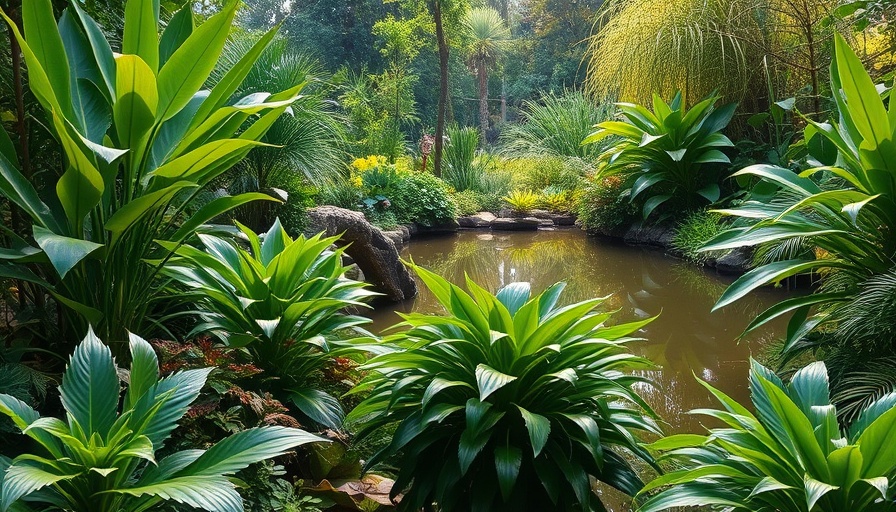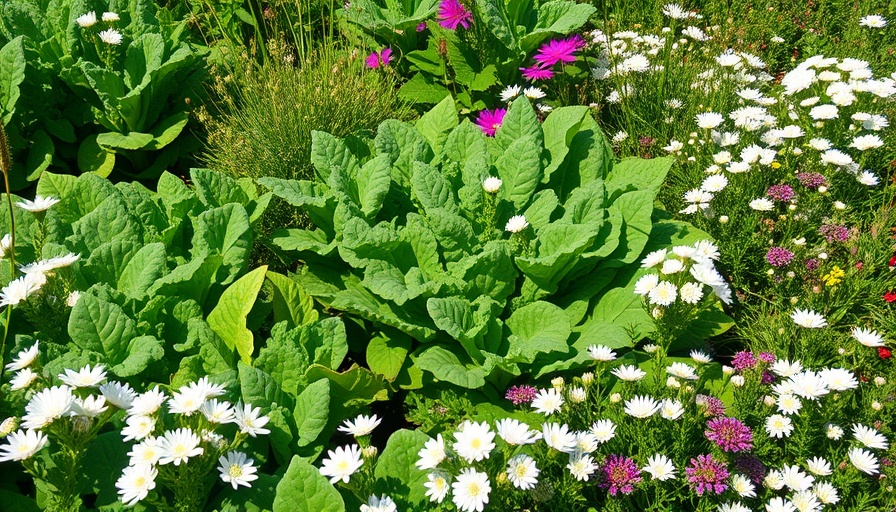
The Evolution of Gardening: Embracing Natural Beauty
In an era where perfection dominates many aspects of life, from social media to home decor, gardening reflects a similar trend. For over two decades, Melissa Ozawa has traversed the country, documenting gardens that exemplify a glossy ideal of horticultural perfection. From California’s meticulously designed geometric gardens to the formal landscapes of Florida, her past writings reinforced an unrealistic standard that many gardeners aspired to. However, a significant shift in perspective has emerged as she grapples with the environmental implications of these "perfect" green spaces.
Rethinking Perfection: The Harmful Effects of Conventional Gardening
A significant awakening regarding biodiversity has urged many to reconsider traditional gardening practices. The stark statistics are alarming: three billion birds have vanished since 1970, and nearly half of all insects face extinction. The world's land usage is disheartening, with a staggering 97% already developed for human use, leaving minimal space for nature to thrive. In light of these facts, what once appeared tidy and desirable now seems harmful and outdated.
Consider the extensive use of pesticides, where over 80 million pounds are dumped annually on lawns. While striving for verdant landscapes, we collectively harm the environment and rob ourselves of the rich, diverse tapestries that unmanicured, wild gardens naturally create.
Learning from Nature: The Beauty of Organic Gardens
Instead of adhering to a rigid aesthetic, gardeners can cultivate spaces that prioritize ecological health. Ozawa argues that this new approach should include creating gardens that attract and sustain local wildlife—from butterflies to bats. Learning from nature means fostering rich habitats instead of sterile lawns. By allowing plants to grow freely and interfere with the manicured lines that once defined gardens, we invite a broader array of life back into our spaces.
Practical Gardening Tips for Creating Wildlife-Friendly Spaces
Shifting our focus can start small. Incorporating native plant species like bloodroot and Joe Pye weed not only grants beauty to a garden but also enhances the ecological landscape. These native plants support local ecosystems and invite beneficial insects and birds back into our yards. Here are several practical tips to consider:
- Choose Native Plants: Opt for plants that are indigenous to your region. They require less maintenance and provide food and habitat for local wildlife.
- Minimize Chemical Use: Replace chemical pesticides with organic alternatives to protect the environment and maintain soil health.
- Plant in Clusters: Grouping plants together creates a more natural habitat that attracts various pollinators.
- Leave a Little Mess: Allow a section of your garden to remain wild; fallen leaves and unruly growth encourage biodiversity.
- Incorporate Water Sources: Small water features not only beautify a garden but provide drinking spots for birds and other wildlife.
The Future of Gardening: More Than Aesthetic
As we continue to grapple with climate challenges, Ozawa’s insights highlight a transformative shift towards more sustainable gardening practices that embrace imperfections. Modern gardeners are tasked with creating landscapes that merge beauty with biodiversity, prioritizing ecosystems over aesthetics. This is not merely about how gardens look but also about how they function and support the broader environment.
So, as you wander into your garden or consider your outdoor space, take a moment to revel in the nibbled leaves and unpruned wildflowers. Their perfect imperfections symbolize a step towards healing our planet.
 Add Row
Add Row  Add
Add 






Write A Comment